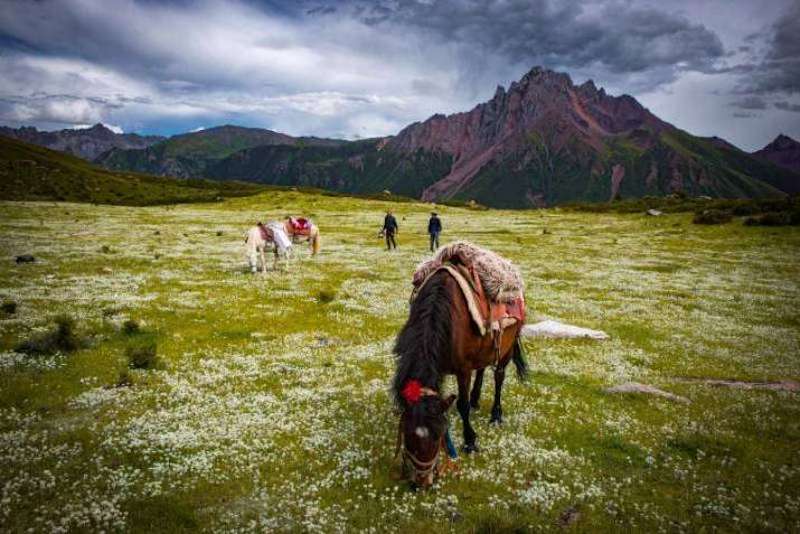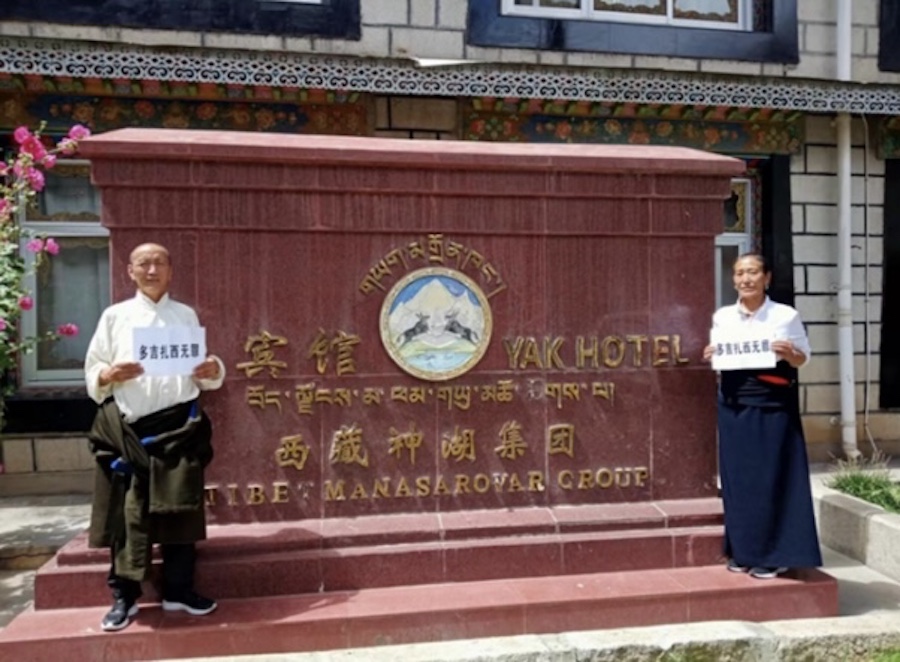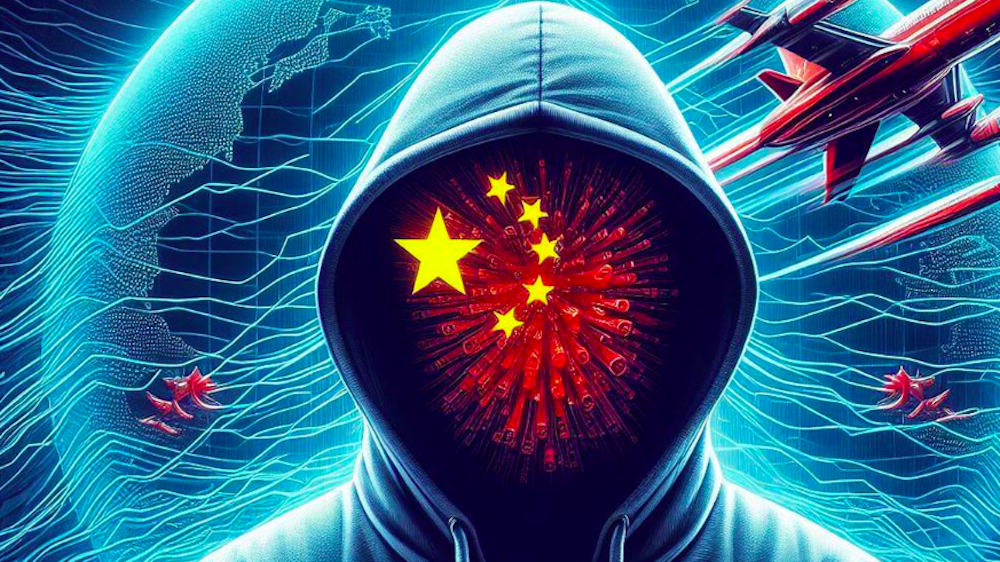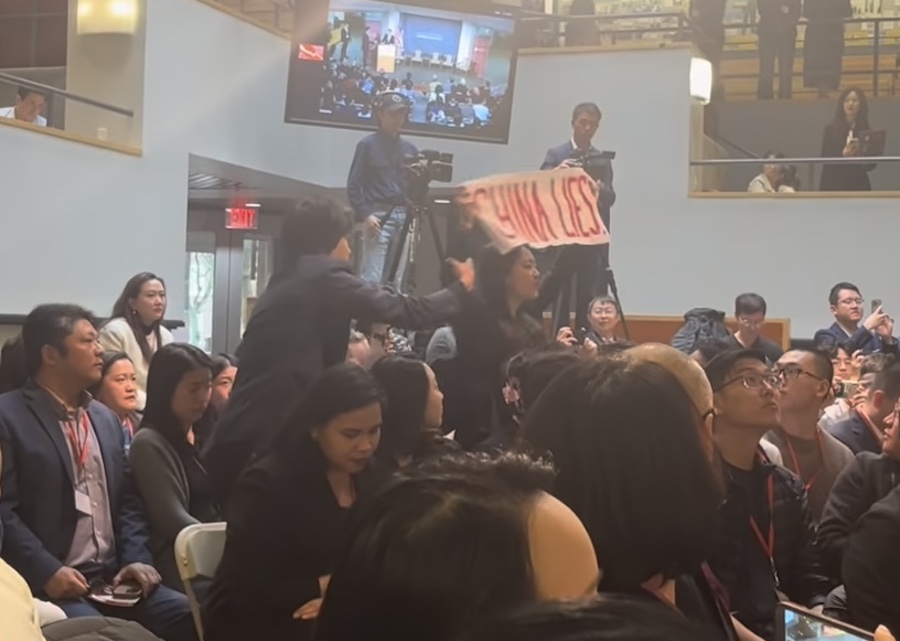By Zamar Tenzin Sonam
Dolma Sungkyab, 83, flew for the first time from New Delhi to San Francisco. She proposed to visit the country whose weaponry she employed 58 years ago in her fight against the communist Chinese invasion, resulting in loss of Tibet’s independence and thousands of its people seeking refuge abroad.
On her flight, she carried a small bag containing two things that shaped her life, but in contrasting ways: her prized scripture and a book bearing pictures of Mao Zedong, Jiang Zemin, and Xi Jinping (which I, her niece, needed for reading). Realizing the dichotomy of two books, I asked if she had any discomfiture about packing them together. “It bothered me at first, but realizing these people needing more prayers, I deliberately put it together,” she responded!
My grandmother was born in 1937 into a chieftain (pon) family of Zamar tribe (one of 39 tribes of Hor) in Kham, Eastern Tibet (now Nyenrong County, Nagqu Prefecture). Her father was Zamar Pon Cheme Tsering, renowned for his wise leadership, honesty, and bravery, and above all: his eloquence. He is famously called ‘Zamar’s iron-beaked leader’ for his debating skills and astute verdict in local nomadic court. Her mother, Karzod, was a generous giver, compassionate, and diligent nomad. Together with scores of domestic helpers, they lived in a join family in a well-off nomadic life rearing hundreds of livestock.
At 19, she married late Kalsang Gyatso, aka Kargyam, son of Arto (also of Hor’s 39 tribes) chieftain Singsay Tribum. Unlike the prevalent marriage norms, my late grandfather Kargyam moved to her home at Zamar. My grandfather descended from a long lineage of lamas. “Much to my amazement, the first time I saw Avu Kargyam, he was sitting on a throne, albeit on one slightly lower than his father!” recalls grandma.
My late grandfather seldom recalls epic events of their armed rebellion against PLA troops, the bullet he faced on his nose, or that of grandmother’s horsemanship. Most of the time, he either dismisses their bravery with humor or oversimplifies. Only with earnest reasoning, or on nagging insistence, he would give us snippets of their lives. Of grandmother’s equestrian skills, he puts it succinctly; “Zamar lass’ horsemanship will humiliate the best of the tribal horseman, her skills in vaulting, tent-pegging of Tibetan version, horseback archery and horserace is unmatched.”
My grandmother is more liberal in recounting her life events. She defies her emotions and speaks of the trauma of witnessing the brutal death of dear ones, their miraculous escape, and certainly, her longing for beloved ‘fatherland.’
From 1949 to 1959, the People’s Liberation Army (PLA) of China infiltrated Tibet. During the period, a part of the Kham region was under the reign of Hor States, comprising 39 tribes. When the Chinese forces entered the Hor region, many of its families succumbed to Chinese brutality and unrivaled weaponry. Nonetheless, some of its tribes including Zamar, Arto, Arme, Bonta, Sogde, Gemo swore by to seek justice, defend tribes’ honor and never to surrender, thus charged back joining Chushi Gangdruk (four river six ranges) Volunteer Force, an organization of Tibetan guerilla fighters resisting Chinese troops backed by CIA.
In winter of 1959, amidst the growing resistance of Tibetan freedom fighters, my great- grandfather Zamar Pon Cheme was appointed one of the field commanders of Chushi Gangdruk Volunteer Force. They collected arms from Nira Tsogen, a large encampment where ‘CIA dropped many pallets of weapons and other supplies to Tibetan fighters.’
My grandmother recalls having a few ‘American’ rifles, cartridges, and hand grenades. They shot rounds of fire and flung grenades, not knowing if it killed any Chinese army, but what was obvious was it shielded them from an inescapable rain of bullets and bombs.
“After weeks of physical and emotional battles; although with hardly any appetite for food, everyone was thirsty. One evening, hiding adjacent to a mountain, my mother prepared an open fire for tea for the group. As we sat around the fire, we suddenly heard gunshots, in seconds; one of the bullets went right through the kettle and gushed all our tea! So many close shaves with death that our mere survival is a miracle!”
Outnumbered and outgunned, they soon headed westward through the northern plains of Tibet, enduring about a year’s journey into exile. By the time they reached Ladakh, only 16 in their group survived. Of which, my grandmother and great-grandmother were only two women!
Her unwavering faith in Sidpa Gyalmo strengthened. She expounded, “Who would have known that the horses I loved and trained all my early life were to save us from death. Horses are rather refractory; subduing one is a challenge, let alone seven of them at once each. Horses that backed my mother, brother, husband, and relatives at the battle were fallen. I somehow managed to get hold of seven of our horses and handed them one each that led us to safety! Who would have known that our babies’ premature death had a reason: they wouldn’t survive Chinese brutality. Our inability to conceive too had a reason: our yearlong journey into exile will be too harsh for a child. In exile, we have four healthy children; in fact, they too have their children. I see it is all works of Sidpa Gyalmo“.
I asked, being 83, what is one thing she most aspires? She said, “I was born in Tibet, lived most of my life in exile, but I am very hopeful that I will soon see my country again.”
(Views expressed are her own)
The author has a Masters in International law from American University, Washington College of Law, specializing in Human Rights law and Gender law. She is based in California, and works for a human rights non profit.











3 Responses
The origins of Buddhism also have significant ties to trimurti of Creator/Destroyer/Preserver. For various deities there is also a “wrathful” aspect. If human beings are responsible for creation and destruction, perhaps the Newton’s Law of “for every action there is an equal and opposite reaction”, is how planet earth and the various organisms that inhabit it react. There is perhaps some cosmic irony in living in a pandemic that is running amok. Even more ironic, the virus causing the pandemic can not survive without hijacking human cells (and perhaps a little help from minks suffering in human economics driven mink farms and bats whose habitat is encroached by human civilization). All Tibetans are not Buddhists. Bonpo tradition has a lot of rituals tied to mother earth as well. In a system of entropy, excessive activity usually attains a balance of least energy requirement.
What has happened to the 83 year in Tibet is our story of occupation and oppression. Every Tibetan who crossed Tibet’s border and arrived in Tawang, Bomdila, Bhutan or Kathmandu beginning from 1959 have the same story. We have been uprooted by foreign invasion and forced to leave behind everything. Our land, loved ones, our memory and our dignity. We became beggers thrust into a world we had hardly heard about let alone to have seen.
Our parents bore the brunt of the violent Chinese communist invasion and occupation of our land. We must never forget what communist China has done to our people, our country and religion and fight against communist China and not among ourselves. We must regard communist China as our sworn enemy and not fellow Tibetans. The younger generation must understand this to get the ideology right. When I was a school kid, this is what we were taught at school. Please pass this on to the next generation so, it is neither forgotten nor misled.
དགྲ་གཉེན་མགོན་གསུམ་ (enemy, friend and protector).
Who is the enemy? Communist China དགྲ་བོ་རྒྱ་དམར་
Who is the friend? Brothers and sisters of the three cholkas. ཆོལ་གསུམ་བོད་རིགས་སྤུན་ཟླ་
Who is the protector? HH The Dalai Lama. ༧སྐྱབས་མགོན་རྒྱལ་བའི་དབང་པོ་འམ་༧གོང་ས་མཆོག་
We Buddhists should not write “God” to mean དཀོན་མཆོག་
We say དཀོན་མཆོག་གསུམ་ and not just one “God” as those who believe in such a creator. Buddhists don’t believe in a creator. The Buddha, Dharma and Sangha (དཀོན་མཆོག་གསུམ) are not creators. Buddha was an ordinary person like us who achieved enlightenment (སངས་རྒྱས་ཀྱི་གོ་འཕང་ཐོབ་པ་) He was not a Buddha intrinsically or innately. It should be “her unwavering faith in in the three jewels strengthened”.
མཆོག་གསུམ་ལ་རྩེ་གཅིག་དད་པ་འཕེལ་ལམ་སྐྱེས་ཅེས་ཟེར་སྲོལ་ཡོད་
I am only putting it in our Tibetan context in order to avoid confusion. Otherwise, the uninitiated will believe that Tibetan Buddhists also believe in “God”, which is not true unless you are theistic religious believer. Buddhism is a non-theistic faith
Fetching tale reminiscent of Khutulan The Undefeated (in wrestling) Mongol warrior princess, who’s also alleged to have been a first-rate cavalier. . Since our tale is tragic, maybe Iceni queen, Boudica, Echo louder. Either way, enjoyable reading. Thanks.